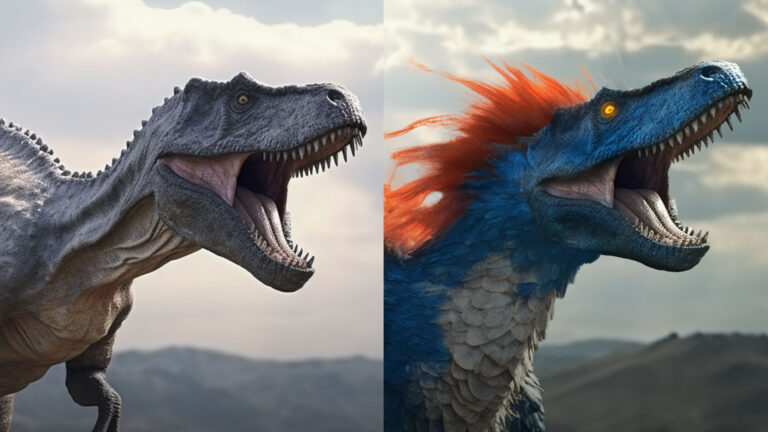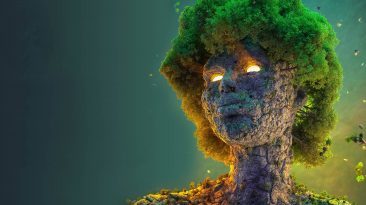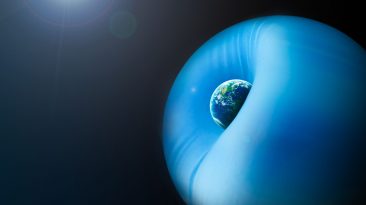When you think of dinosaurs, images of giant, scaly reptiles like the Tyrannosaurus Rex probably come to mind. Movies, textbooks, and popular culture have shaped our understanding but the truth about these ancient creatures is far stranger and more fascinating than fiction.
From surviving lineages to colorful feathers, here are 12 things you probably didn’t know about dinosaurs. Their world was more diverse, vibrant, and surprising than most people imagine, with adaptations and traits that would challenge even the most creative Hollywood depictions. Some dinosaurs had behaviors that seem almost alien today, showing intelligence, social structure, and survival strategies far beyond what we once thought.
1. Dinosaurs aren’t entirely extinct
Contrary to popular belief, not all dinosaurs died out 65 million years ago. While a massive asteroid did trigger a mass extinction, one group survived: the theropods. These feathered hollow boned dinosaurs could often fly, which helped them survive the aftermath of the impact.

Over millions of years, many scientists believe theropods evolved into the birds we see today. So technically, dinosaurs are still with us, fluttering above our heads in backyards, forests, and city parks. Their legacy continues in the songs, colors, and behaviors of modern birds. Birds are living evidence that evolution can preserve ancient lineages in forms we might not immediately recognize.
2. Dinosaurs weren’t just green and scaly
The iconic image of scaly green dinosaurs is largely inaccurate. Many species, especially theropods, had feathers for warmth, display, or even flight. Fossil evidence has revealed that some dinosaurs had vibrant colors or specific camouflage depending on their environment. Skin textures also varied; some might have been fluffy, others scaly, making dinosaurs far more visually diverse than movies suggest.
Some researchers even speculate that patterns and colors may have been used for mating displays, much like birds today, highlighting how creative evolution was with these ancient creatures. The incredible variety in appearance suggests that dinosaurs were as visually striking as any tropical bird or rainforest insect today.
3. Not all dinosaurs were massive
It’s easy to assume all dinosaurs were giants. While the T Rex could reach up to 12 meters 40 feet and Brachiosaurus could stretch 13 meters 43 feet tall, many dinosaurs were small, even the size of modern birds. The Microraptor, for example, was roughly crow sized, with wings and feathers, making it look remarkably bird like.
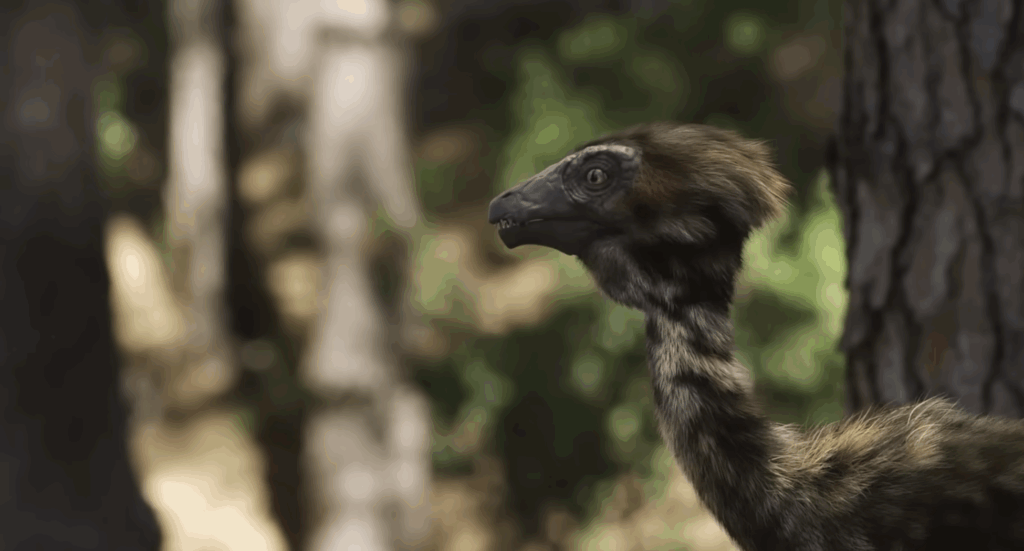
These tiny dinosaurs were likely agile hunters or gliders, and their small size may have given them advantages in avoiding predators, finding food, and navigating dense forests. Some may have even used their small size to sneak into nests or ambush prey, demonstrating clever and complex behaviors despite their stature.
4. Dinosaurs weren’t all cold blooded
For decades, scientists thought dinosaurs were slow, cold blooded reptiles. Recent research has revealed a more nuanced picture; dinosaurs may have been mesothermic, meaning they generated some internal heat without being fully warm blooded.
Feathered species were likely warm blooded, while others could have ranged from cold to mesothermic. This diversity in metabolism helped them adapt to different climates and ecological niches. It also challenges long held assumptions about dinosaur behavior, suggesting some could have been surprisingly active hunters, while others may have relied on environmental heat to survive. Understanding their metabolic diversity also explains why dinosaurs could thrive in both polar regions and tropical zones.
5. The Brontosaurus almost didn’t exist
The Brontosaurus is one of the most iconic dinosaurs, yet it was long considered a mistaken classification of Apatosaurus. Only in 2015 did research confirm that Brontosaurus is its own species. Much like Pluto’s planetary status, the Brontosaurus shows that dinosaur science is still evolving.
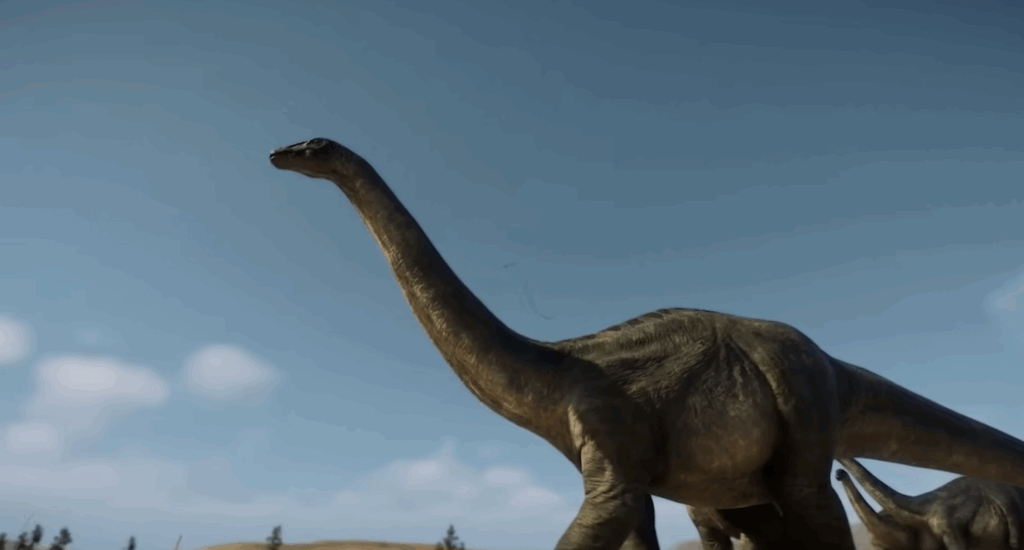
Its story reminds us that paleontology is a living science, with new discoveries and reevaluations constantly reshaping our understanding of these prehistoric giants. It also illustrates how scientific debates can endure for over a century before reaching clarity, reflecting the slow but fascinating nature of uncovering ancient life.
6. T Rex had incredible eyesight
In movies, the Tyrannosaurus Rex is sometimes depicted as a predator that only noticed moving prey. In reality, T Rex had forward facing eyes with binocular vision, giving it excellent depth perception. Research suggests its eyesight may have rivaled or even surpassed that of modern birds, allowing it to track prey with deadly accuracy.
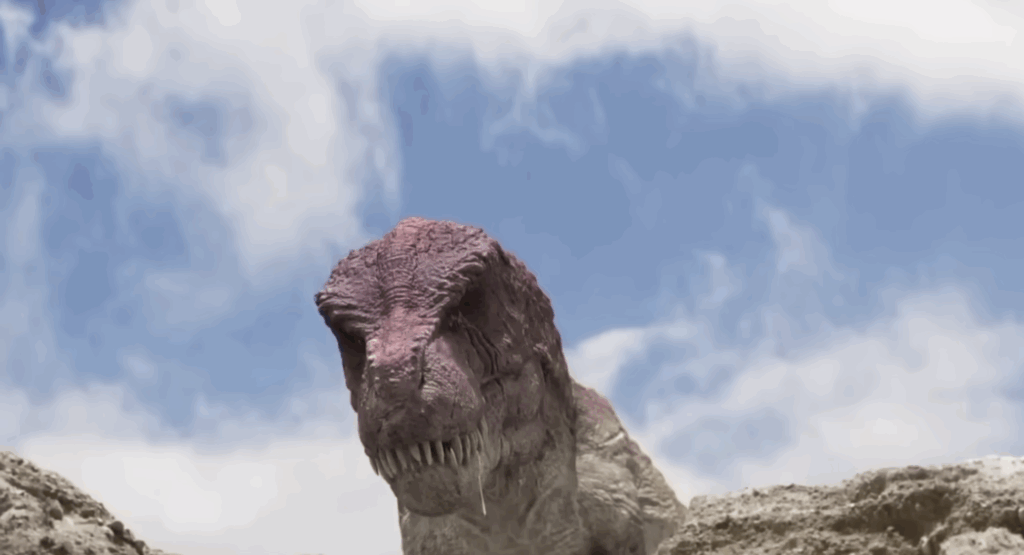
Combined with its powerful sense of smell, T Rex was a formidable predator, able to hunt in a variety of terrains and times of day, from dawn to dusk. Some scientists even speculate that it could have been a stealthy ambush predator, using its vision to time attacks perfectly.
7. Dinosaurs didn’t all live at the same time
The Mesozoic Era spanned over 180 million years, divided into the Triassic, Jurassic, and Cretaceous periods. Dinosaurs evolved and went extinct throughout this time, meaning some famous species, like Stegosaurus and T Rex, never coexisted. They lived tens of millions of years apart.
This timeline reveals the incredible scale of dinosaur evolution and highlights that Earth’s ecosystems were constantly changing, with species adapting, migrating, or disappearing entirely. It also shows how much time life had to experiment with shapes, sizes, and behaviors, resulting in a staggering variety of dinosaurs across the ages.
8. T Rex posture was horizontal not upright
Early depictions of T Rex showed it standing upright like a giant Godzilla, but paleontologists now know this posture was inaccurate. Its body was balanced horizontally over its hips, with the tail lifted off the ground for stability. This stance allowed it to move efficiently without toppling over.
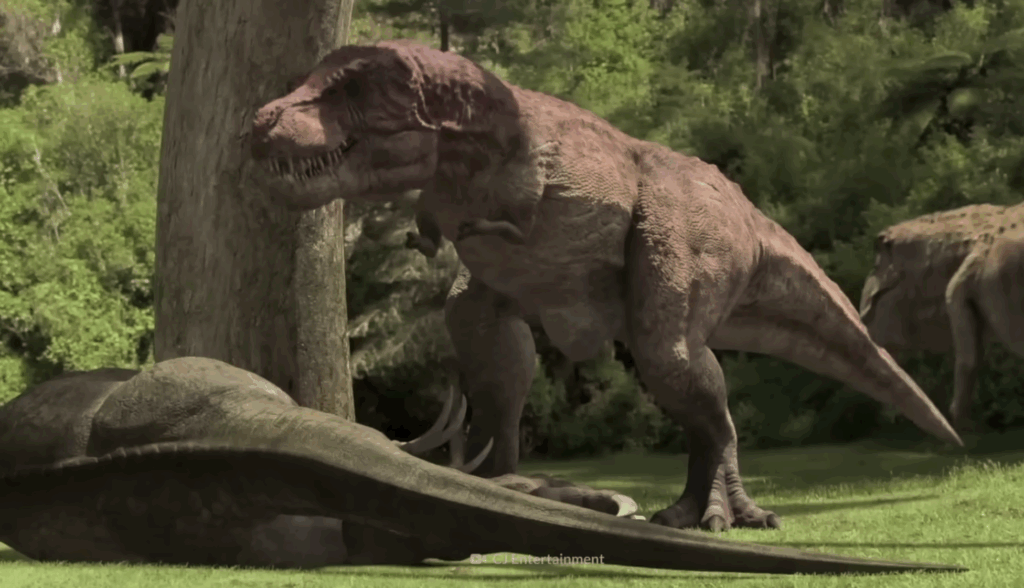
A horizontal posture also suggests that T Rex could have been faster and more agile than previously imagined, capable of short bursts of speed to ambush prey or chase rivals. This posture also indicates a level of physical sophistication in its skeletal and muscular structure, hinting at how evolved and optimized these massive predators were.
9. Fossils don’t tell the full story
For years, artists used the shrink wrap method, drawing dinosaurs tightly around their skeletons. This ignored muscles, fat, and other soft tissues, leading to unrealistic portrayals. Modern paleontology now considers musculature and fat, often comparing dinosaur skeletons with modern animals, resulting in far more lifelike reconstructions.
These reconstructions show that many dinosaurs were far more robust, textured, and dynamic than what we see in classic illustrations, giving us a glimpse of how they moved, hunted, and interacted. They also help scientists make educated guesses about behavior, mating, and social structure, painting a richer picture of prehistoric life.
10. We’ve only discovered a fraction of dinosaur species
Over 1,000 dinosaur species have been identified, but research suggests we’ve only found about 30 percent of all species that ever lived. Fossilization is rare, and many environments were unsuitable for preservation. On average, paleontologists discover around 50 new species each year, and countless more remain hidden in the fossil record.
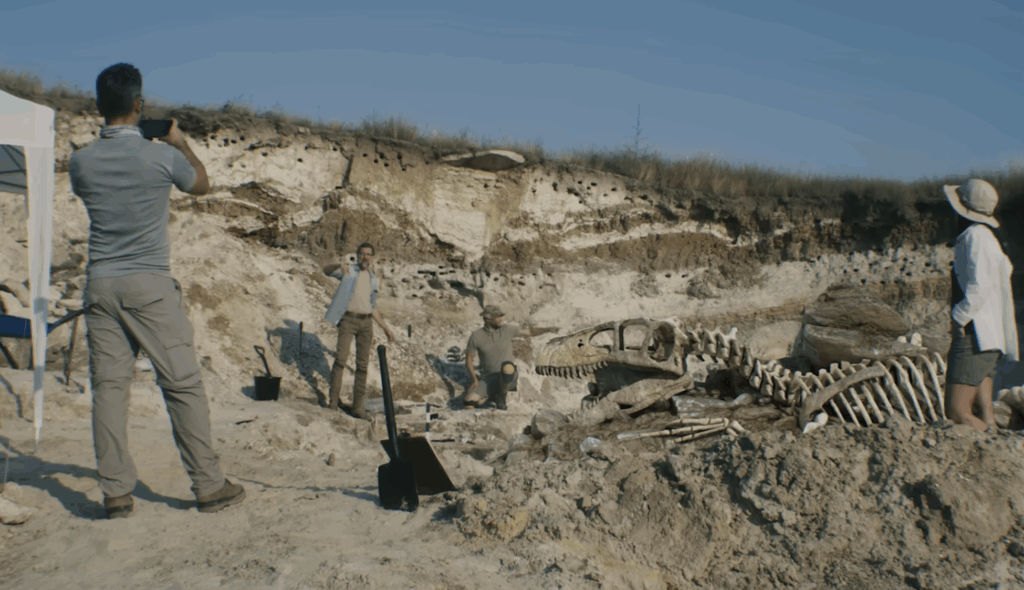
With each new find, scientists rewrite chapters of Earth’s history, uncovering creatures that challenge assumptions about size, behavior, and ecological roles. This means the story of dinosaurs is far from complete, and many surprises are still buried deep beneath the earth waiting to be discovered.
11. Dinosaur sounds were probably closer to birds than roars
Thanks to fossilization limits, scientists can’t know exactly what dinosaurs sounded like. The iconic roaring sounds from films are purely fictional. By studying vocal structures in birds and crocodiles their closest living relatives researchers suggest dinosaurs likely produced low frequency rumbles or bird like calls rather than the dramatic roars popularized in movies.
It’s possible that dinosaurs communicated in subtle ways, with hisses, chirps, or calls that served to warn, attract mates, or maintain social groups, adding another layer of complexity to their behavior. Understanding these sounds could reveal social structures, parenting behaviors, and territorial dynamics, giving us a richer view of how dinosaurs lived day to day.
12. Cloning dinosaurs like Jurassic Park is impossible
As exciting as the idea of a real Jurassic Park sounds, cloning dinosaurs is effectively impossible. DNA degrades over time, and no intact dinosaur DNA has been found. Even preservation in amber, as depicted in movies, would not protect DNA for tens of millions of years.
Jurassic Park will remain science fiction for now, reminding us that some things in nature are simply beyond human reach. But who knows future technologies might still allow us to learn even more about these incredible creatures in ways we cannot yet imagine. Researchers continue to explore fossilized proteins and other biomolecules, hoping to unlock secrets about their biology and evolution without needing full DNA.


